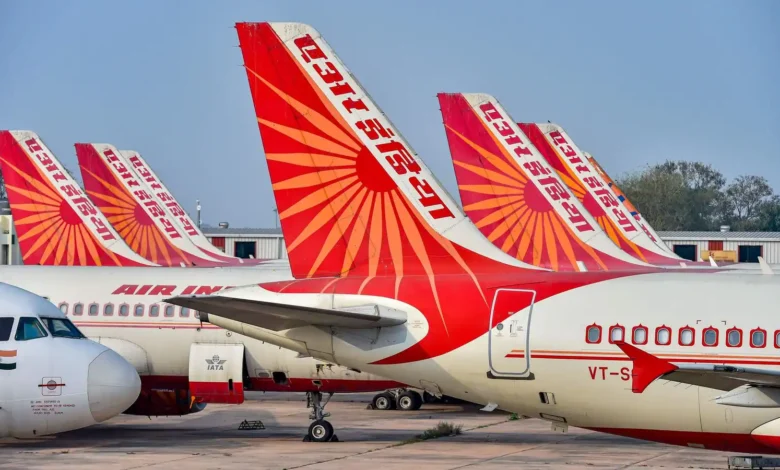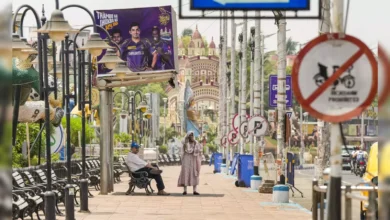India leading the world in plane acquisitions, preparing for 109 million passengers
The NY Times has reported quite an impressive feat - Indian airlines have broken worldwide records this year. They've spent billions of dollars to acquire nearly 1,000 jets, outpacing every other country in aircraft purchases.

According to The New York Times, India is now leading the globe in the race to buy more aircraft than any other nation, with New Delhi’s Indira Gandhi International Airport (IGI) preparing to accommodate 109 million passengers in the upcoming year.
Aircraft Shopping Spree
The NY Times report said Indian airlines have shown an unparalleled spending spree this year. They have committed tens of billions of dollars, purchasing nearly 1,000 jets, setting a record amongst world countries in plane procurement. Notably, two of the world’s largest airplane manufacturers, Boeing from America and Airbus from Europe stand to gain the most from this boom.
Earlier this year, Air India, guided by its new owners, the Tata Group, signed a monumental agreement. This deal entailed the purchase of 250 planes from Airbus and 220 from Boeing, amounting to a huge $70 billion. In recent developments, IndiGo, the nation’s leading carrier in terms of both passenger and flight numbers, ordered 500 new Airbus A320s in June.
Infrastructure Upgrades and Investment Surges
Amid India’s massive effort to expand aviation, there has been a tidal wave of investments flowing in. With this, India is catapulting towards the ranks of the world’s biggest economies. Besides, its ambitious middle class is expanding, pushing for improved and efficient air travel. As a result, Indian airports bear a testament to these remarkable developments.
Despite a still predominant reliance on train travel in India (20 journeys by rail for every air trip), it hasn’t discouraged around 3% of the massive 1.4 billion population from flying regularly. That’s a whopping 42 million frequent fliers made up primarily of executives, students, and engineers who favor air travel for efficiency and easier access to both domestic and global destinations.
Ambitious Plans: 230 Airports by 2030
“The next two to three years are critical for achieving the growth quality that India desires and deserves,” says Kapil Kaul, the chief executive of CAPA India, an aviation-focused consulting firm. He discusses this in context with the subsequent increase in passenger and freight traffic echoing across the country’s economy with such large investments.
Since its operation was granted to GMR in 2006, IGI airport has emerged as India’s top infrastructural asset praised by the NY Times report. Today, it boasts fuel efficiency and an advanced luggage-handling system capable of sorting 6,000 bags an hour. Ever since the BJP-led Modi government took office, the number of airports has more than doubled (from 74 to 148). Assurances from Union Aviation Minister Jyotiraditya Scindia indicate at least 230 airports by 2030, courtesy of an additional investment of $15 billion.
Simultaneously addressing the fallout of the pandemic, various carriers are now flying Indian travelers to new, distant destinations such as Azerbaijan, Kenya, and Vietnam for attractively low rates, with one-way tickets costing under 21,000 rupees or $250. Laying more focus on tier-II cities and regional connectivity, developments in aviation infrastructure are also underway in smaller regions like Darbhanga, Nashik, and the northeastern borders to strengthen the aviation network across the country.
You might also be intersted in – Korean airline announces to weigh its passengers before they board the plane



